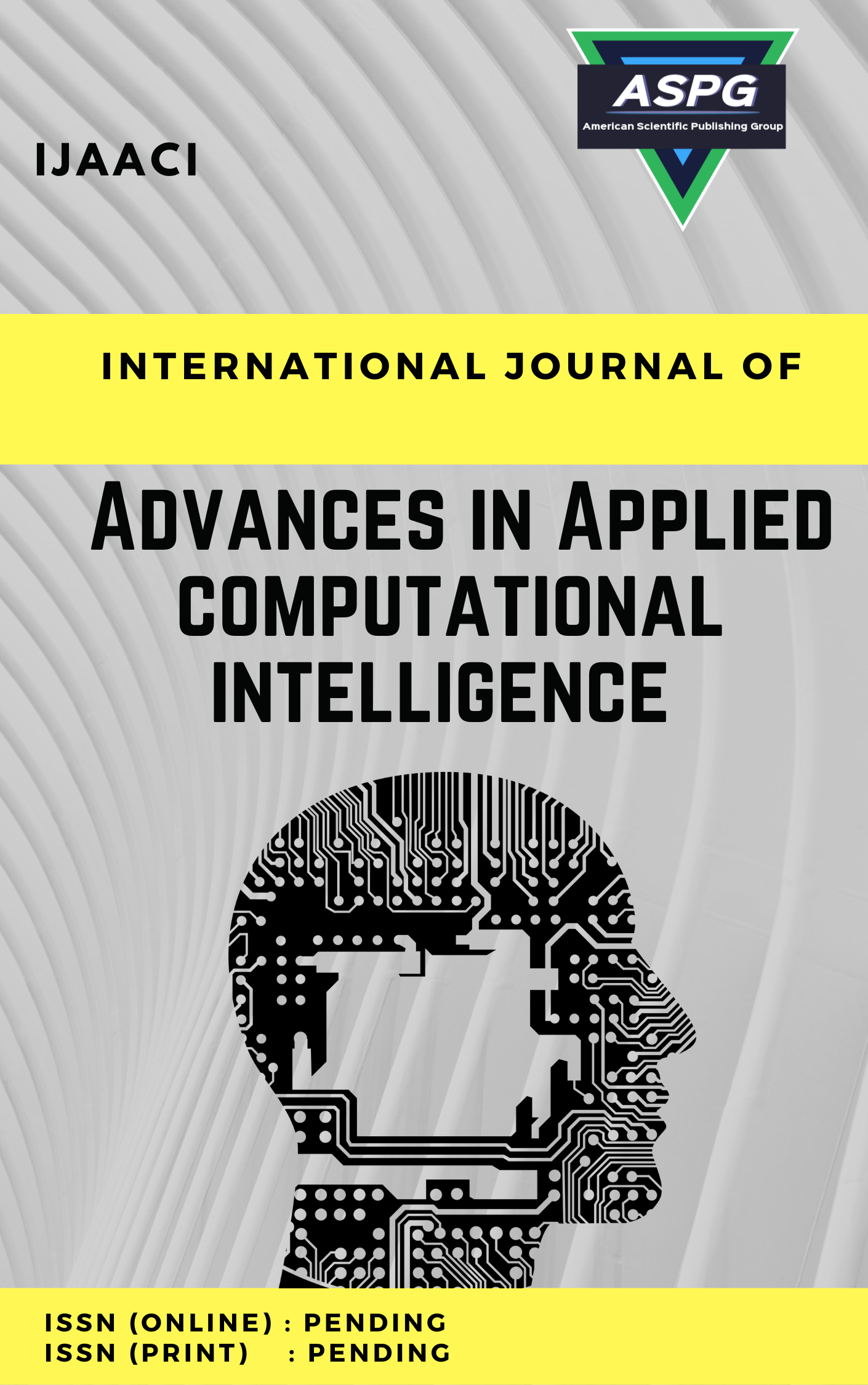

Volume 4 , Issue 2 , PP: 26-32, 2023 | Cite this article as | XML | Html | PDF | Full Length Article
Ahmed Aziz 1 * , Sanjar Mirzaliev 2 , Yuldashev Maqsudjon 3
Doi: https://doi.org/10.54216/IJAACI.040203
This research is about the increasing cybersecurity challenges posed by modern malware threats and argues for an improved approach through optimized machine learning algorithms. We apply a Tree-structured Parzen Estimator (TPE) for hyperparameter tuning, focusing on the optimization of tree-based models such as Random Forest and Gradient Boosting. Our methodology includes careful correlation analysis, variable distribution examination, and feature importance assessment to make our models more robust and transparent. We present comprehensive visualizations that demonstrate the results of our optimized approach, which show improved accuracy, precision, and recall in malware detection. Our findings highlight the significance of feature engineering and model tuning, revealing subtle patterns indicative of malicious behavior. The findings indicate that our model provides a method that not only improves detection capabilities but also emphasizes the need for continuous improvement and innovation in addressing the ever-changing nature of malware threats.
Cybersecurity , Malware , Machine Learning , Security Threats , Data Analysis , Feature Engineering , Predictive Modeling , Cyber Threat Intelligence , Pattern Recognition.
[1] Srinivasan, Sathiyandrakumar, and P Deepalakshmi. 2023. “Enhancing the Security in Cyber-World by Detecting the Botnets Using Ensemble Classification Based Machine Learning.” Measurement: Sensors 25: 100624.
[2] Bouchama, Fatima, and Mostafa Kamal. 2021. “Enhancing Cyber Threat Detection through Machine Learning-Based Behavioral Modeling of Network Traffic Patterns.” International Journal of Business Intelligence and Big Data Analytics 4 (9): 1–9.
[3] Fraley, James B, and James Cannady. 2017. “The Promise of Machine Learning in Cybersecurity.” In SoutheastCon 2017, 1–6.
[4] Rathore, Hemant, Swati Agarwal, Sanjay K Sahay, and Mohit Sewak. 2018. “Malware Detection Using Machine Learning and Deep Learning.” In Big Data Analytics: 6th International Conference, BDA 2018, Warangal, India, December 18--21, 2018, Proceedings 6, 402–11.
[5] Kundu, Partha Pratim, Lux Anatharaman, and Tram Truong-Huu. 2021. “An Empirical Evaluation of Automated Machine Learning Techniques for Malware Detection.” In Proceedings of the 2021 ACM Workshop on Security and Privacy Analytics, 75–81.
[6] Usman, Nighat, Saeeda Usman, Fazlullah Khan, Mian Ahmad Jan, Ahthasham Sajid, Mamoun Alazab, and Paul Watters. 2021. “Intelligent Dynamic Malware Detection Using Machine Learning in IP Reputation for Forensics Data Analytics.” Future Generation Computer Systems 118: 124–41.
[7] Vaddadi, S, P R Arnepalli, R Thatikonda, and A Padthe. 2022. “Effective Malware Detection Approach Based on Deep Learning in Cyber-Physical Systems.” International Journal of Computer Science and Information Technology 14 (6): 1–12.
[8] Cohen, Aviad, Nir Nissim, and Yuval Elovici. 2018. “Novel Set of General Descriptive Features for Enhanced Detection of Malicious Emails Using Machine Learning Methods.” Expert Systems with Applications 110: 143–69.
[9] Shaukat, Kamran, Suhuai Luo, Vijay Varadharajan, Ibrahim A Hameed, Shan Chen, Dongxi Liu, and Jiaming Li. 2020. “Performance Comparison and Current Challenges of Using Machine Learning Techniques in Cybersecurity.” Energies 13 (10): 2509.
[10] Gupta, Deepak, and Rinkle Rani. 2020. “Improving Malware Detection Using Big Data and Ensemble Learning.” Computers \& Electrical Engineering 86: 106729.
[11] Ismail, M. and F.Abd El-Gawad , A. (2023) “Revisiting Zero-Trust Security for Internet of Things”, Sustainable Machine Intelligence Journal, 3. doi: 10.61185/SMIJ.2023.33106.
[12] Alhawi, Omar M K, James Baldwin, and Ali Dehghantanha. 2018. “Leveraging Machine Learning Techniques for Windows Ransomware Network Traffic Detection.” Cyber Threat Intelligence, 93–106.
[13] Chen, Lingwei, Shifu Hou, and Yanfang Ye. 2017. “Securedroid: Enhancing Security of Machine Learning-Based Detection against Adversarial Android Malware Attacks.” In Proceedings of the 33rd Annual Computer Security Applications Conference, 362–72.
[14] Fatima, Anam, Ritesh Maurya, Malay Kishore Dutta, Radim Burget, and Jan Masek. 2019. “Android Malware Detection Using Genetic Algorithm Based Optimized Feature Selection and Machine Learning.” In 2019 42nd International Conference on Telecommunications and Signal Processing (TSP), 220–23.
[15] Ahsan, Mostofa, Rahul Gomes, Md Minhaz Chowdhury, and Kendall E Nygard. 2021. “Enhancing Machine Learning Prediction in Cybersecurity Using Dynamic Feature Selector.” Journal of Cybersecurity and Privacy 1 (1): 199–218.
[16] Vinayakumar, R, Mamoun Alazab, K P Soman, Prabaharan Poornachandran, and Sitalakshmi Venkatraman. 2019. “Robust Intelligent Malware Detection Using Deep Learning.” IEEE Access 7: 46717–38.
[17] Akhtar, Muhammad Shoaib, and Tao Feng. 2022. “Malware Analysis and Detection Using Machine Learning Algorithms.” Symmetry 14 (11): 2304.
[18] Gyamfi, Nana Kwame, Nikolaj Goranin, Dainius Ceponis, and Habil Antanas Čenys. 2023. “Automated System-Level Malware Detection Using Machine Learning: A Comprehensive Review.” Applied Sciences 13 (21): 11908.
[19] Wu, Cangshuai, Jiangyong Shi, Yuexiang Yang, and Wenhua Li. 2018. “Enhancing Machine Learning Based Malware Detection Model by Reinforcement Learning.” In Proceedings of the 8th International Conference on Communication and Network Security, 74–78.